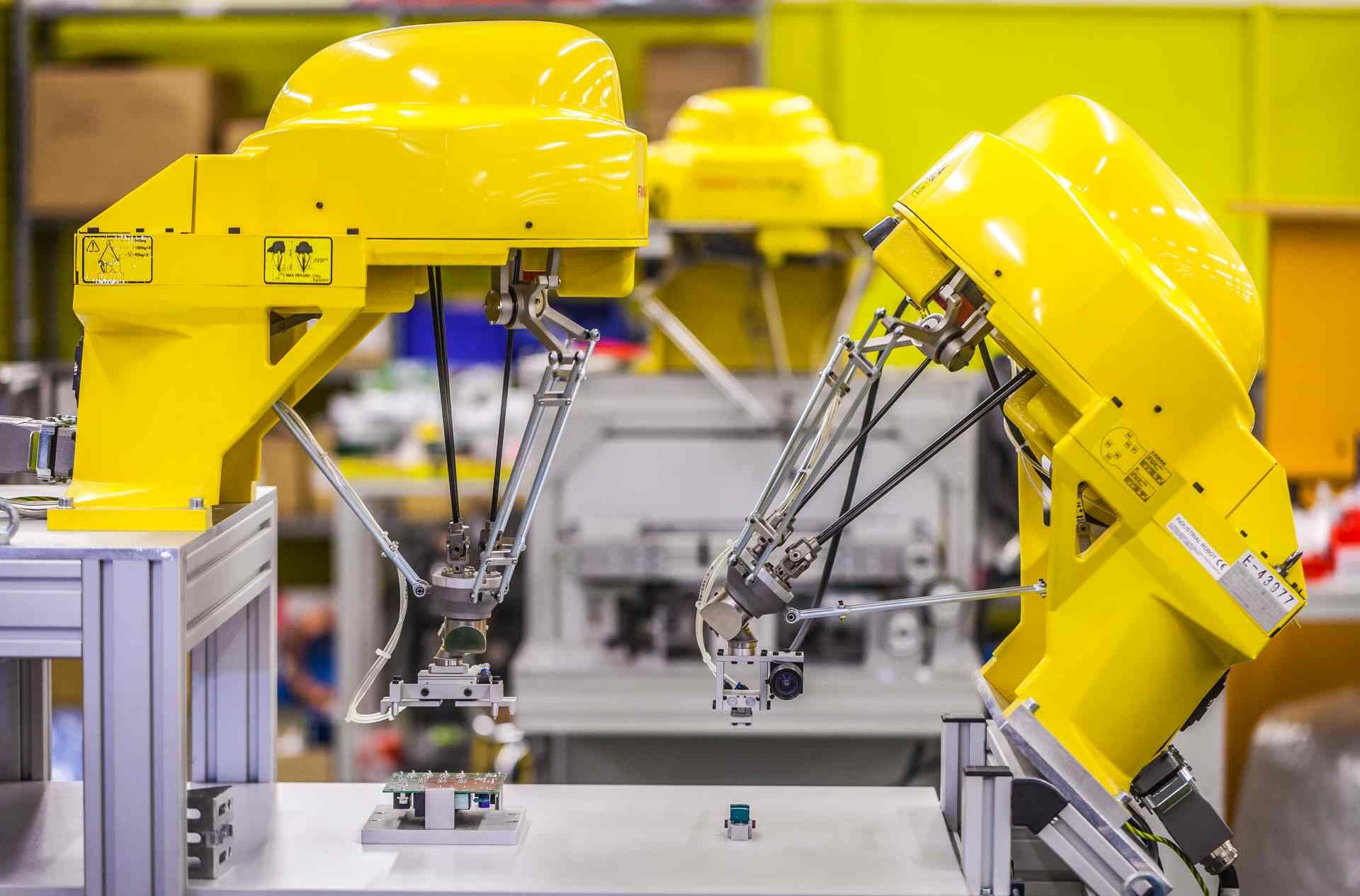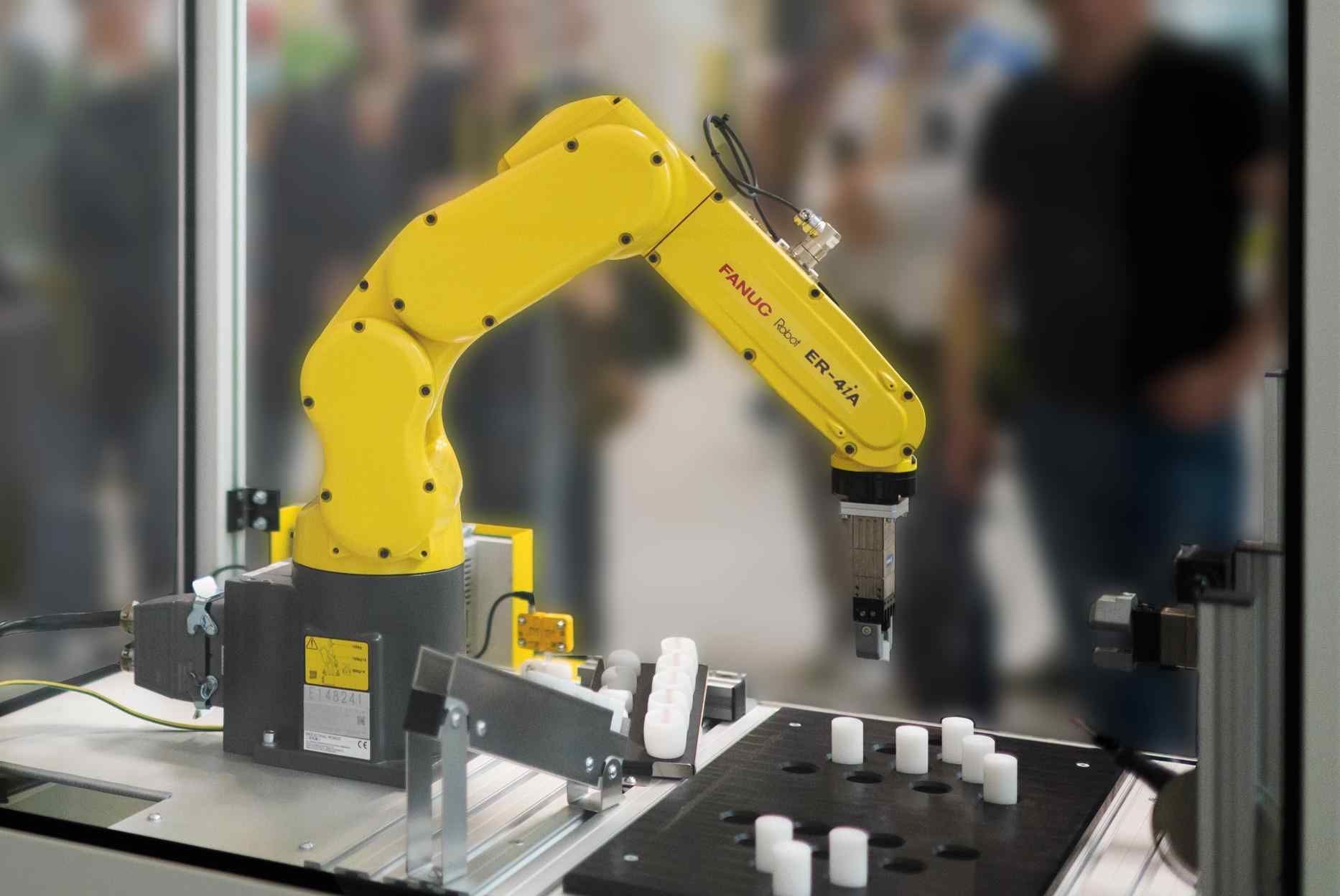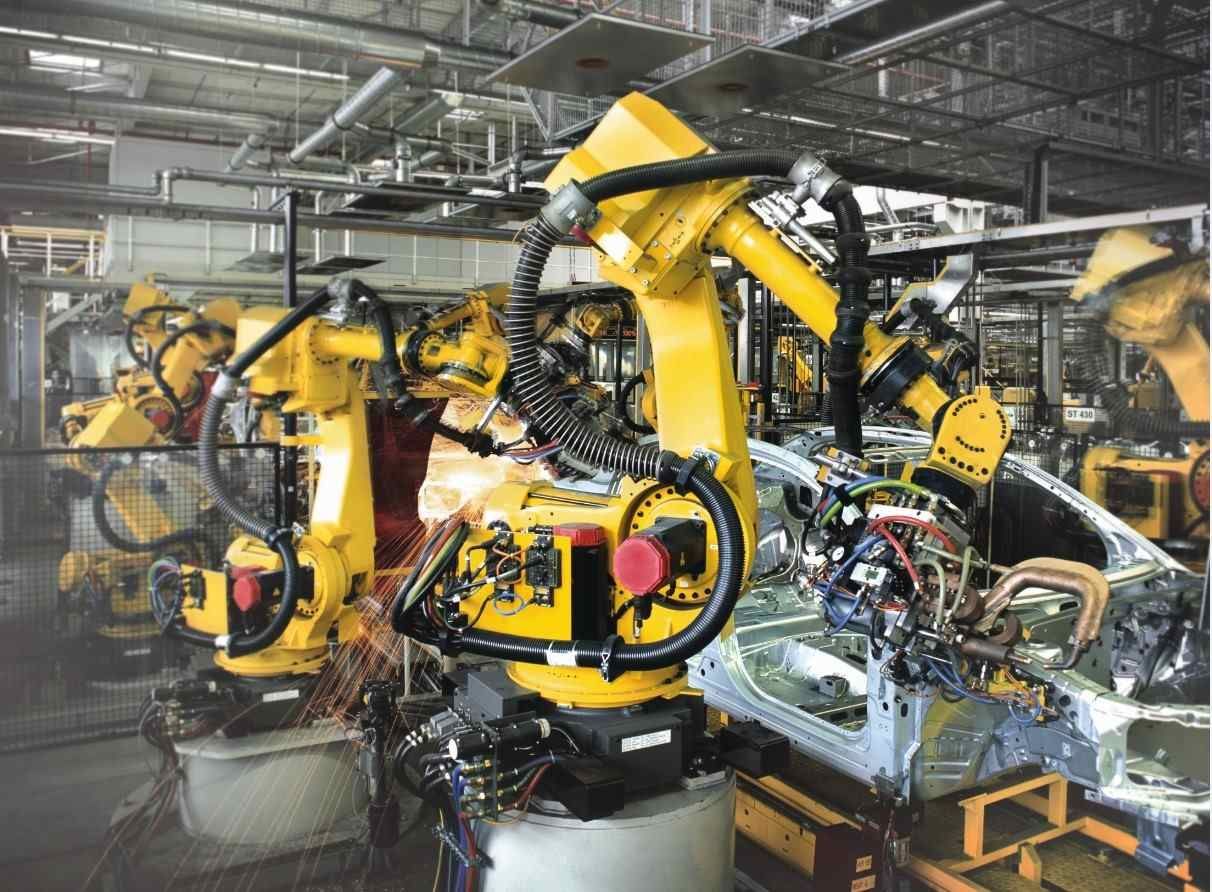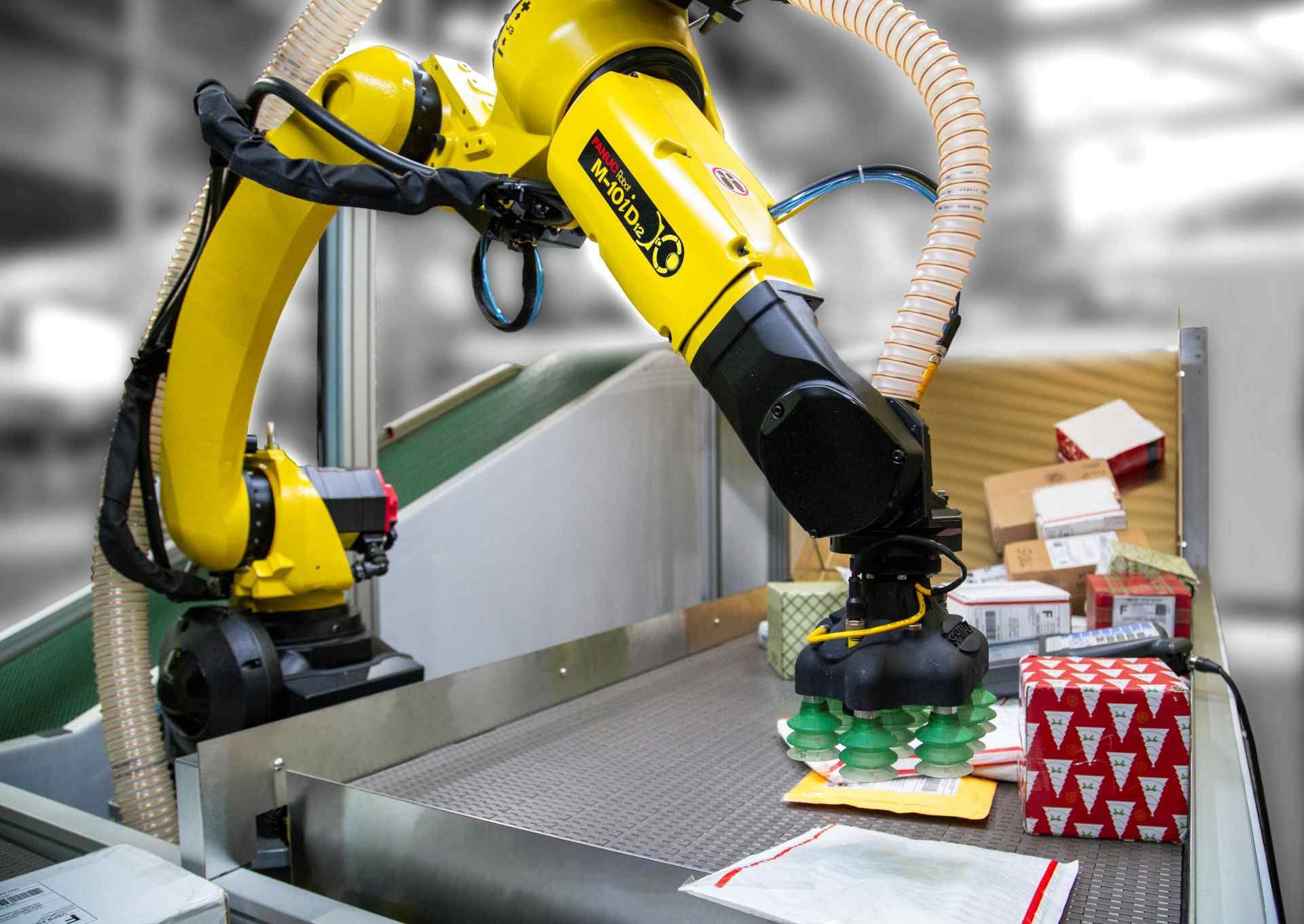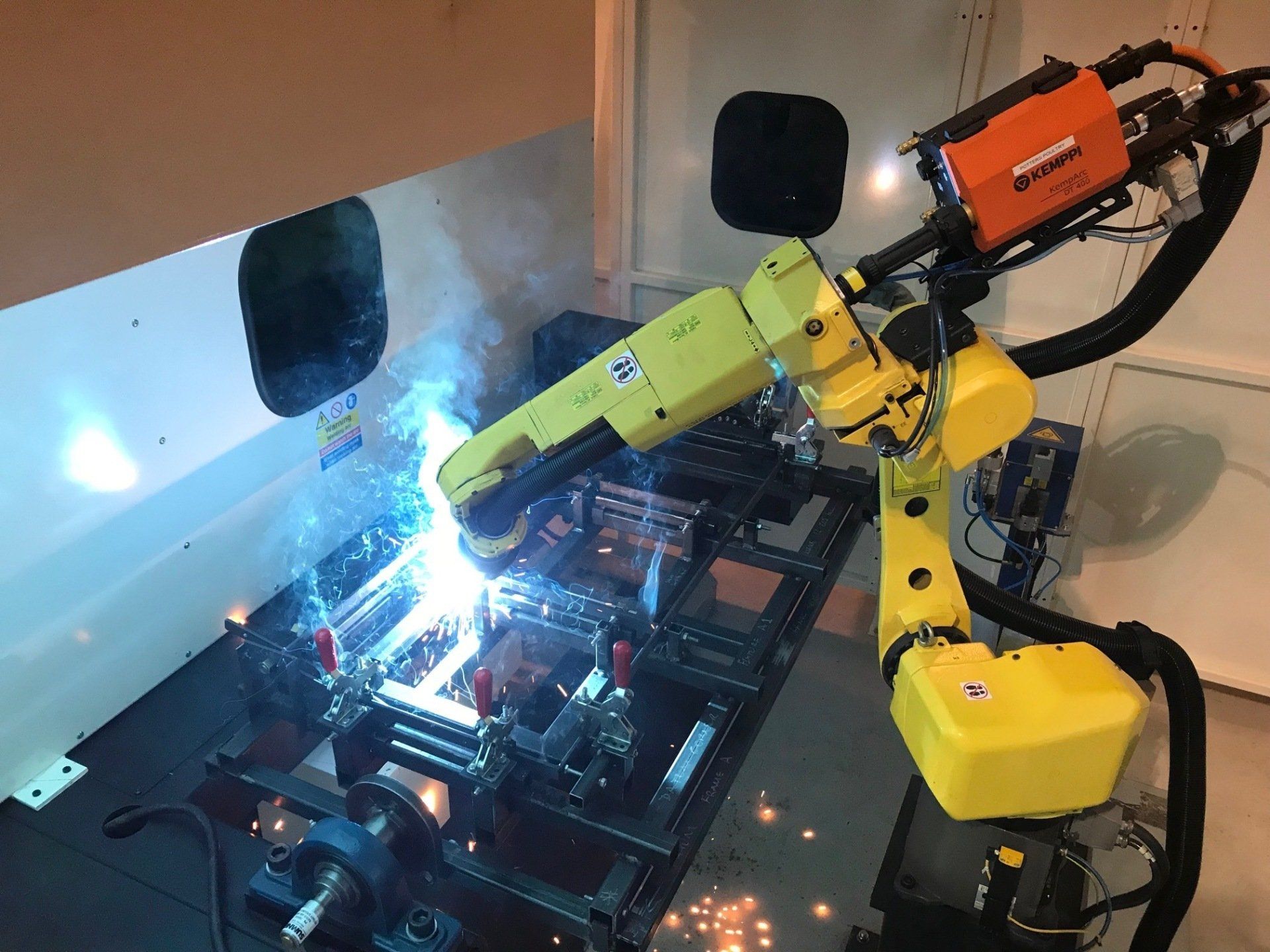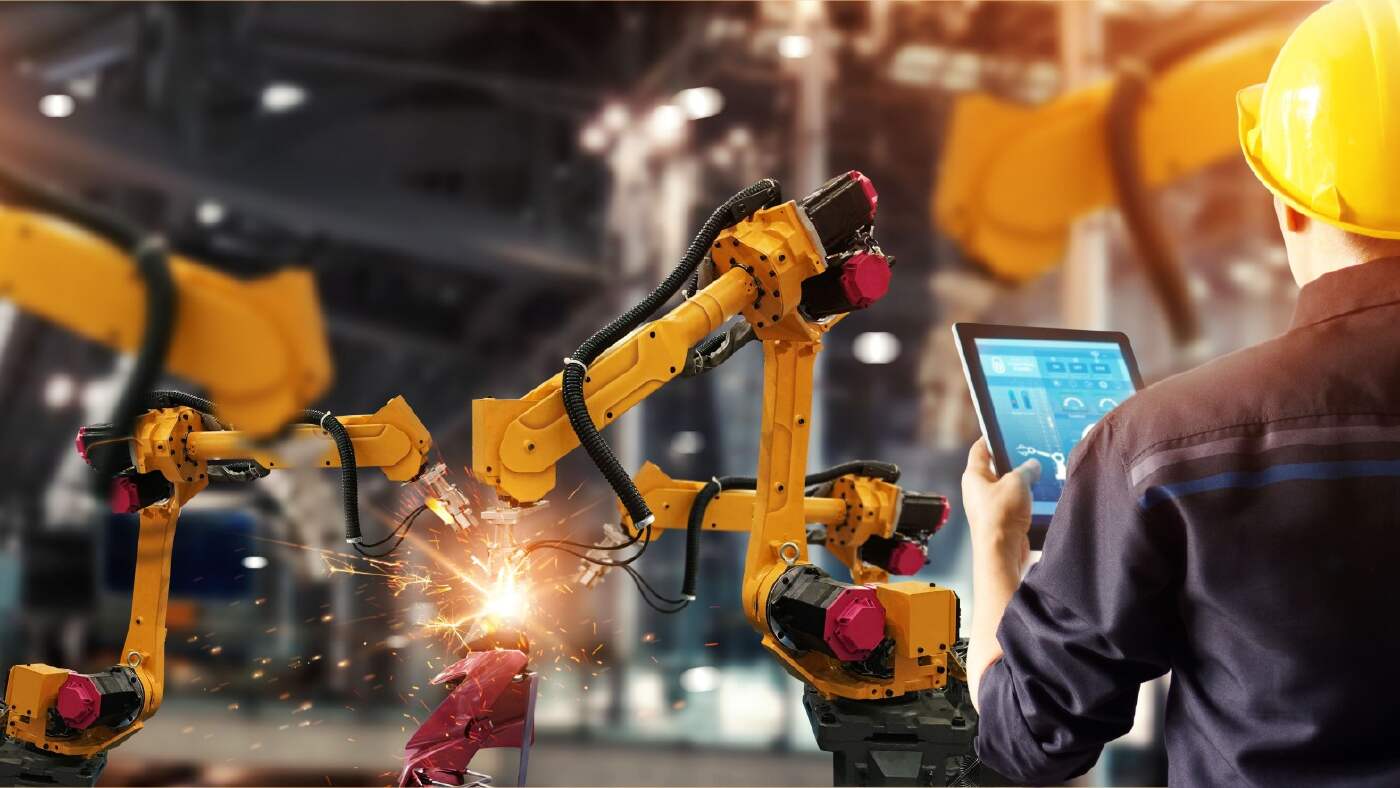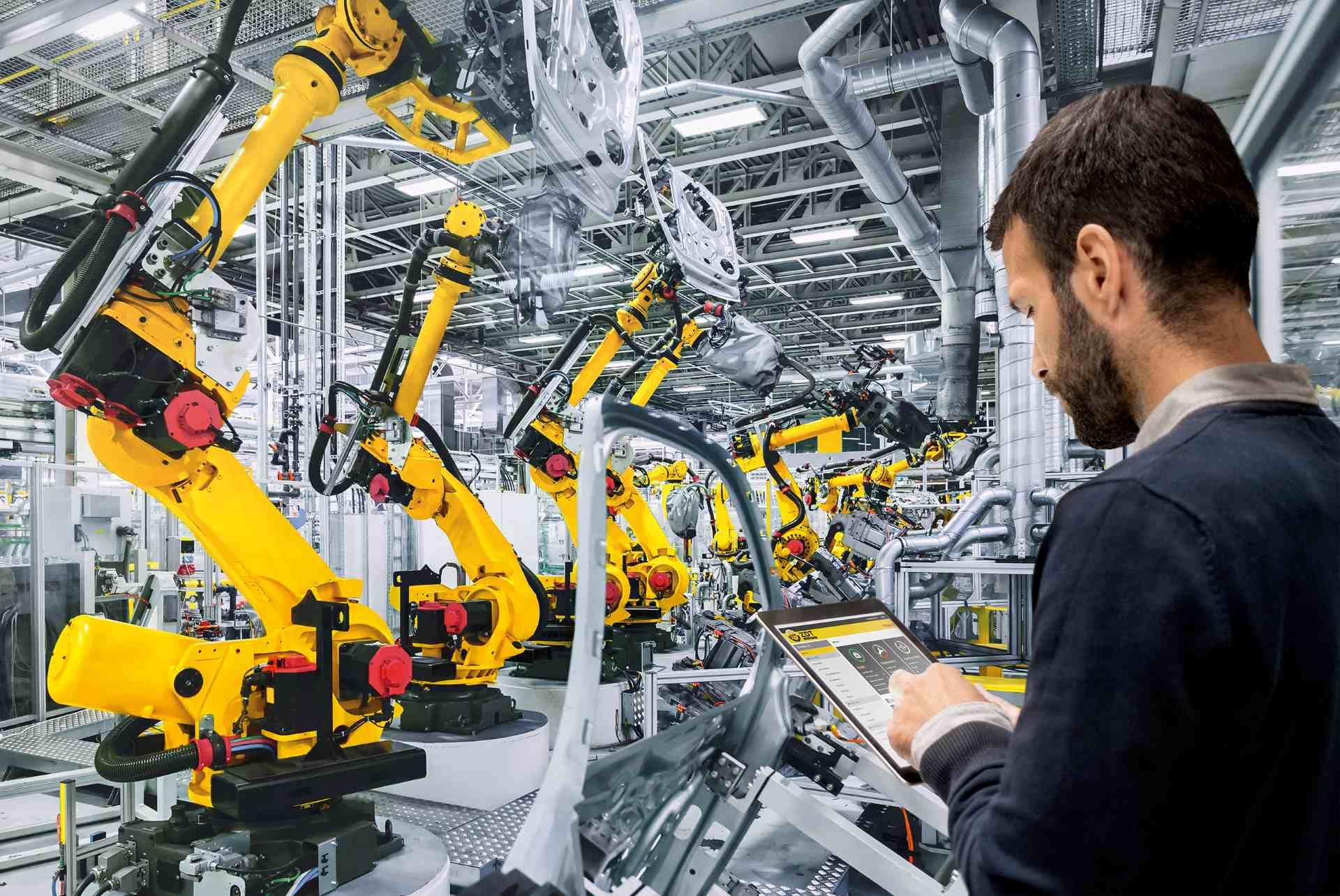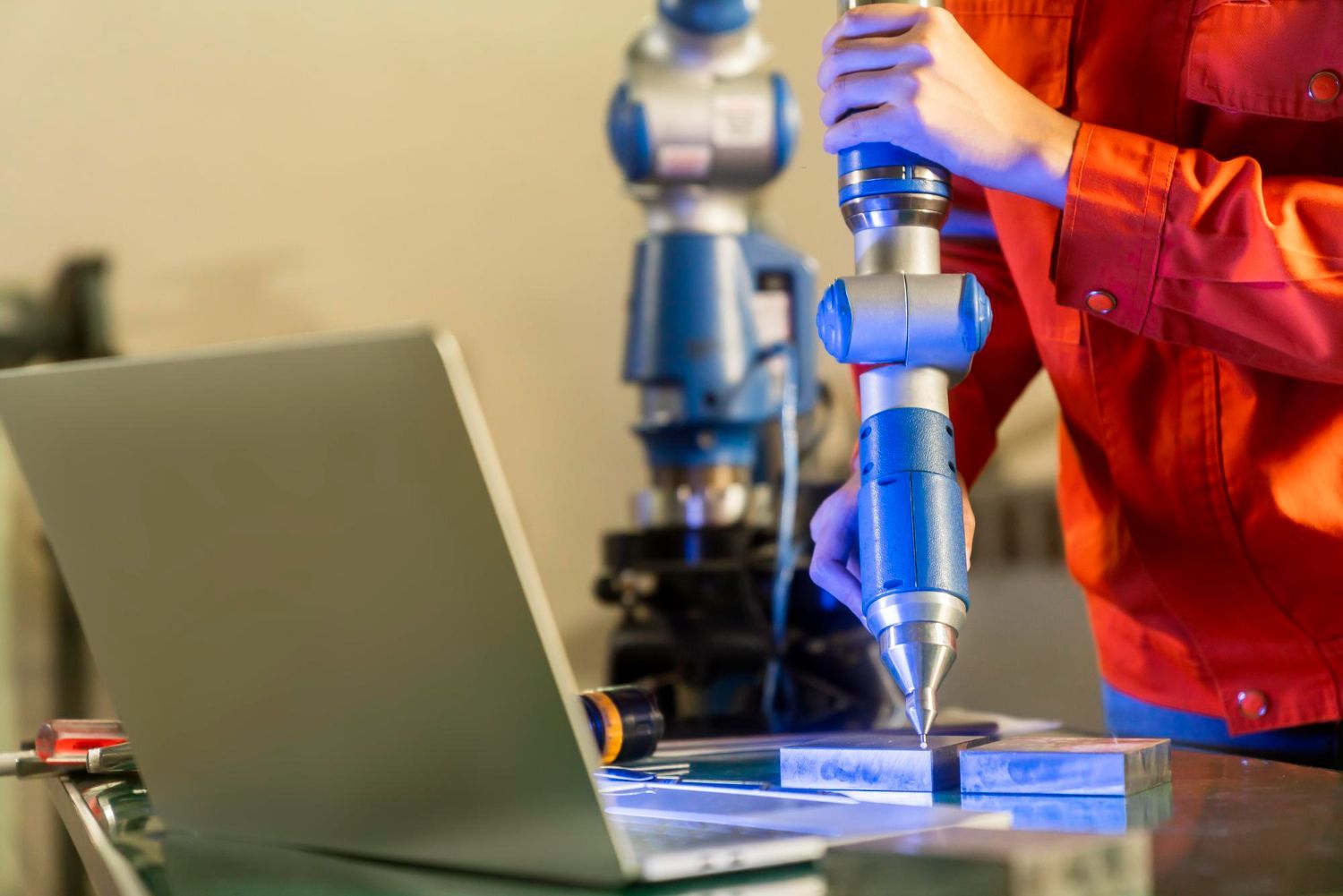Robotics in the Computing and Electronics Industry

The impact of robotics on the computing and electronics industry is enormous, with robots widely utilised at all stages of the electronics manufacturing cycle. From assembling computer processors and microchips to building televisions and laptops, robots have revolutionised the way that electronics are produced.
Robots have the capacity to produce the detailed and intricate parts necessary for high-powered computing devices, and they can do so on a continuous cycle that improves efficiency and increases profits. As the use of robots in the electronics industry increases, the technology available will only improve too.
In this article, we explore the different uses and benefits of robots in the electronics industry.
How Are Robots Used in Electronics and Computing?
Robots have been adopted across the electronics and computing world for decades. Of course, robots wouldn’t exist without the technology provided by electronics and computing, so it makes logical sense for the two industries to be intimately connected.
Curiously, we’ve even arrived at the stage where robotics companies use robots to make robots, complete with all the intricate wiring, electronics systems and computing capacity necessary for them to achieve the tasks they’re designed for.
In this respect, the use of automation and robotics in the electronics industry occurs at almost every stage of the production cycle. Automated programmes are used in the product design stage, robots are necessary to assemble electronics, and robots are used to test, pack and even ship the completed product.
Let’s take a look at the most important tasks that robots undertake in the computing and electronics industry.
Assembly Line Production
Robots are commonly associated with assembly lines in manufacturing industries, and it’s no different in the electronics and computing industry. Given the intricate nature of circuit boards and the complex design of electronic products, robots are well suited to these difficult assembly tasks. You can find robots assembling an impressive range of electronic goods, from mobile phones to electronic cameras.
Quality Control, Testing and Inspection
Robots are typically used at the end stage of the product manufacturing process when quality control is necessary. Robots are often tasked with testing finished products, checking them for defects and ensuring that they meet rigorous control standards before being shipped. One notable example of robotic testing would be their ability to test circuit boards to ensure that a product has been adequately wired and assembled.
Packaging and Shipping
A common use of robots is to pack and ship completed products to customers. Once products have been assembled, robots are used to pick and place them into the correct boxes or used to palletise large shipments so they’re ready for delivery. In some parts of the world, delivery robots are even being trialled to ship products directly to customers.
What Types of Robots Are Used in the Electronics Industry?
The computing and electronics industry makes use of a wide range of different robots for design, manufacturing, testing and packaging. In addition to automated computer design programmes, the industry uses specific types of robots, including:
- Articulated robots
- Cartesian robots
- Delta robots
- SCARA (selective compliance assembly robot arms) robots
Robots may be used as standalone tools – such as a soldering robot – or they may be implemented into complex automation systems designed to produce entire units of electrical goods on production lines. As the widespread use of robotics in the electronics industry increases, so too does the availability of bespoke robots and robotic systems designed for these specialist tasks.
What Are the Benefits of Using Robots in the Computing and Electronics Industry?
Robots have a number of important benefits for companies operating in the computing and electronics industry. Not only are they able to assemble the small, complex parts necessary for electronics to work, but they improve production times and reduce costs when compared to manual workers.
Major advantages of the use of robotics in the electronics industry include:
- Increase efficiency, reduce waste and improve profitability.
- Produce a higher quality product.
- Can operate 24/7 with no need for breaks or holidays.
- Improves the health and safety of industrial workplaces.
Contact Cyber-Weld Today for More Information on Robotics in the Electronics and Computing Industry
If you’d like to know more about robots in the electronics industry, our expert team of robotic engineers is ready to help.
Cyber-Weld provides a comprehensive range of robotic services, including designing an extensive array of bespoke robotic systems intended for the computing and electronics industry.
Contact Cyber-Weld today to find out how we can help you.

